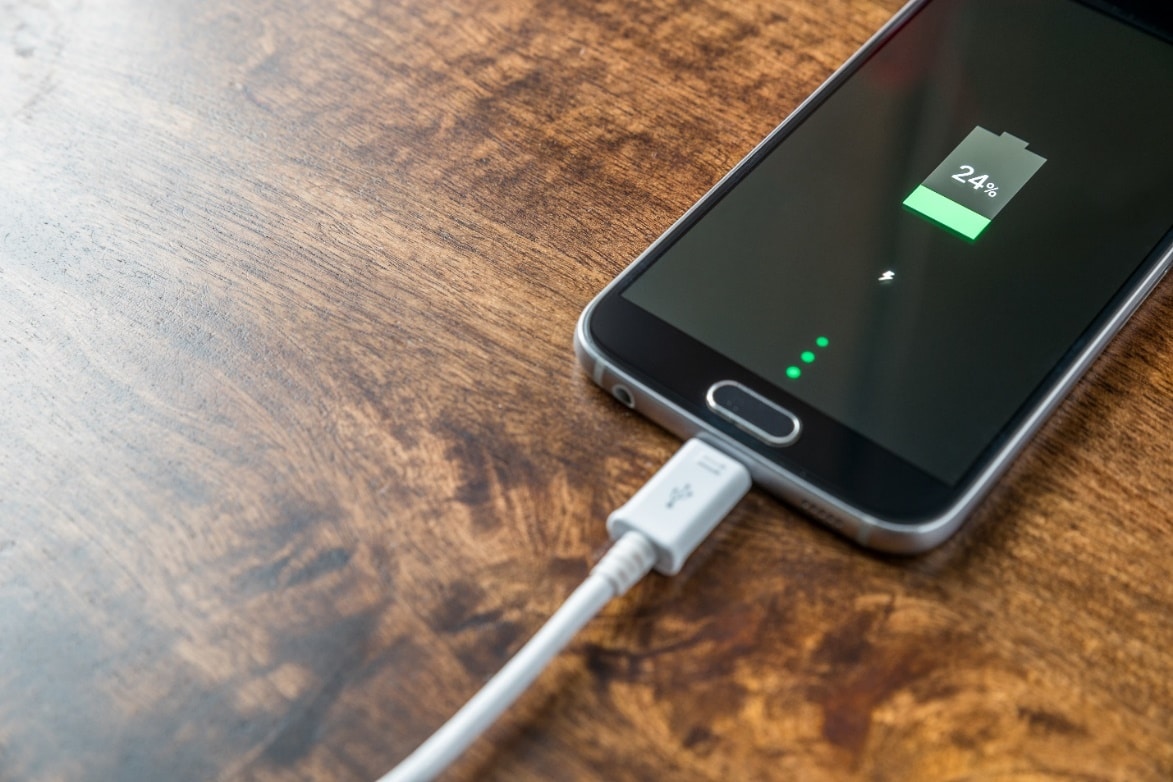
How many times have you plugged your phone into a public charging port in a coffee shop or in the airport? The mobile phone uses the same port for charging as it does for data exchange. This means that when a phone is plugged into a charging port, it also has the option to share information stored on the phone’s device. This leaves the phone vulnerable to a new type of attack dubbed “Juice Jacking.”
Normally, when you plug your phone into a charger port, it does not ask for any data; but in the case of a compromised port, it can ask your phone to send the personal information you have stored on your device. There is no way to tell if you have been compromised by this type of attack unless you are very tech savvy.
If you have an older version of a smartphone, you may not even be aware that the port is taking your data without your permission. However, the newest smartphones will usually ask if you want to “trust this device.” This prompt clues in the phone’s owner to the fact that the port is asking for data. Choosing the “no” option will stop your data from transferring.
To avoid these illicit data transfers, always use an external charger if you have one. If you absolutely must use a charging port that is public, never “trust” the port.

Anthony has been in the MSP business since before the acronym existed. Managed IT once started as break-fix solutions and some light phone support.
Since then, he has seen the industry flourish into a landscape of platforms, cloud servers, software tools and AI . Tailoring network configurations and software stacks to the specific needs of each business.
In his current role, he focuses on proactive planning, ensuring clients can avoid potential issues altogether. This involves meticulous planning for enhanced business continuity, allowing swift resolution of any unforeseen challenges. What initially began as addressing "fires" through break-fix solutions has evolved into a proactive approach, ensuring that such issues are prevented from arising in the first place.